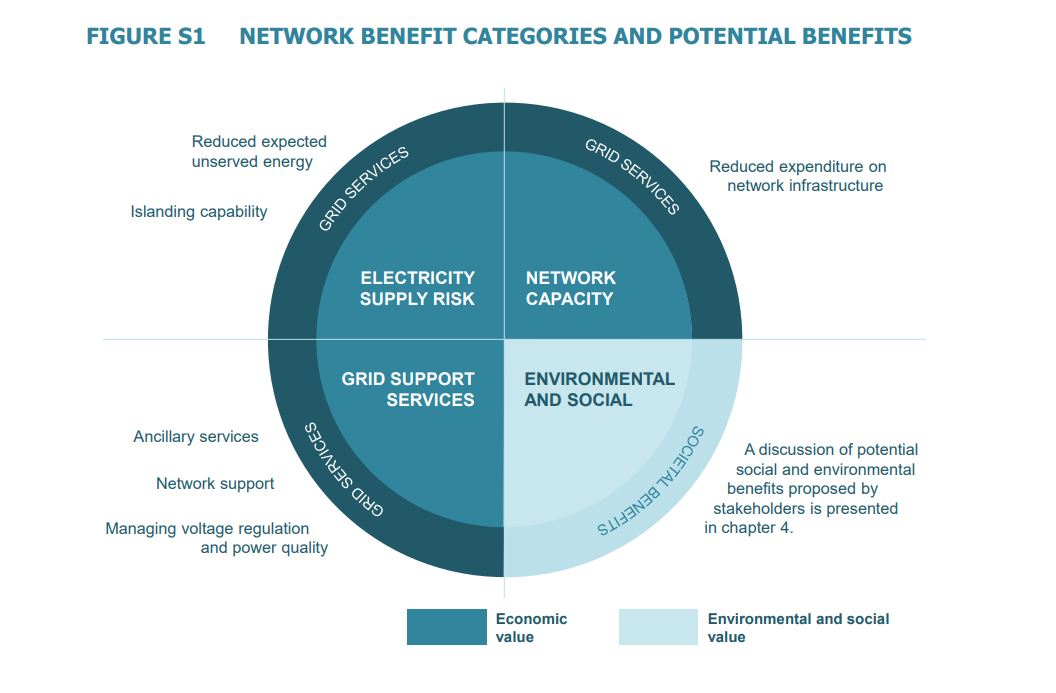Solar helps Aussie homes and businesses cut their bills by generating clean energy from the sun – it also allows them to earn money when any extra power is sent into the grid. The rate they earn is called the solar feed-in tariff (FiT), which is paid by their energy retailer, who on-sells that energy for a profit.
The FiT is a tiny amount compared to the massive profit margins that these big businesses are extracting from Victorians. And we believe that solar owners deserve to be paid a fair rate for their energy.
In 2017 the Andrews Labor government increased the FiT from a paltry 5 cents, to 11 cents per kilowatt hour. More recent changes introduced a new flexible FiT to encourage owners to export power when demand is high (see below for more detail).These changes were based on a report from Victoria’s independent Essential Services Commission, which recommended setting a FiT that reflects the true value of solar power.
The true value includes things like the health benefits of burning less coal, the avoided greenhouse gas pollution that damages our climate, and the avoided network costs (for example we need fewer poles and wires when we’re selling solar power to our neighbours).
But amazingly, the Victorian Liberal Party actually voted against this, choosing to put the interests of big energy retailers over ordinary Australians.

The Essential Services Commission report shows rooftop solar has many added benefits. See 'Distributed Generation Inquiry Stage 2 Final Report' p XVI.
The FiT has important impacts on the bills of households and businesses who are installing solar on their rooftops at record levels. Solar is most popular in the outer suburbs and regions – Cranbourne is the solar capital of Victoria, with over one in five households installing solar, closely followed by areas like Shepparton and Benambra.
We should be doing everything we can to encourage more clean energy, not only because it is one of the best tools we have to cut greenhouse pollution, but also because this will bring in more electricity supply. The additional supply will drive down peak prices and ensure we have a more reliable grid when we need it most – on long, hot summer days when everyone switches on air conditioning and coal & gas generators are most likely to fail.
The Coalition believes we shouldn’t support solar through FiTs and that we shouldn’t account for these broader benefits of solar. But this would mean that Victorians would miss out on being a paid a fair rate for the solar power they send to the grid - because only some of the benefits would be captured.
We should be doing everything we can to encourage more clean energy, not only because it is one of the best tools we have to cut greenhouse pollution, but also because this will bring in more electricity supply.Click To TweetThe New flexible solar FiT
Victoria’s new flexible FiT has two rates: a fixed rate and a time-of-use rate that changes depending on when power is produced. The fixed rate has been reduced to 9.9 cents (from the previous 11 cents). However, the new variable rate provides a strong incentive for solar panel owners to maximise their exports at times when demand is high. It require retailers to pay a minimum 29c/kWh for exports between 3pm and 9pm, a minimum of 10.3c/kWh for between 7am and 3pm, and a minimum of 7.1c/kWh in the unlikely event anyone is exporting between 10pm and 7am.